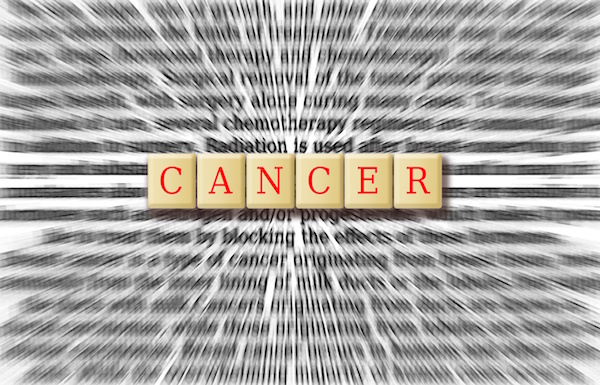
SATURDAY, Oct. 12 (HealthDay News) — A shot in the neck may curb extreme hot flashes associated with menopause, a small new study suggests.
Injecting a local anesthetic into an area of the neck that communicates with the brain’s temperature regulation zone was associated with a 50 percent reduction in hot flashes among women with moderate to severe symptoms, the researchers reported.
Since research over the last decade has suggested that taking hormone replacement therapy to control menopausal symptoms may be associated with increased risk for heart disease and cancer, many women have been searching for a safe and effective non-hormonal means of reducing hot flashes.
The anesthetic treatment isn’t designed for everyone with hot flashes. It’s intended for those struggling with truly troubling hot flashes that occur regularly, affecting quality of life, said study author Dr. David Walega, chief of the division of pain medicine at Northwestern University Feinberg School of Medicine in Chicago.
“This is for people with multiple drenching sweats, women who can’t function in the workplace, who have extreme anxiety preceding the hot flash. And when that happens several times a day, we also see anxiety and depression,” explained Walega. Some breast cancer patients stop taking their medication — tamoxifen — because it causes hot flashes, he added.
Hot flashes are sudden feelings of heat or warmth starting in the face and extending to the neck and chest area, sometimes accompanied by sweating and flushing of the skin. They are associated with menopause, but can also occur in patients taking estrogen-blocking medications, typically for breast or prostate cancer. Walega estimated that hot flashes affect more than 80 percent of menopausal women.
To deliver the treatment, the physician uses guided imaging to inject a local anesthetic into what is called the stellate ganglion, an area between the thyroid gland (around the “voice box”) and the carotid artery. “The patient feels a sense of intense pressure from the physician’s finger [guiding the needle], and the pain is moderate,” said Walega. “In 30 seconds, we’re done.”
The researchers got the idea of attacking extreme hot flashes by treating the stellate ganglion from unintended consequences of a pain study published in The Lancet in 2007. “Patients reported their pain was still there, but their hot flashes were gone,” Walaga said.
For this study, scheduled for presentation Saturday at the American Society of Anesthesiologists annual meeting in San Francisco, the researchers recruited 40 women between 35 and 65 years old. All were either in natural or surgically induced menopause (when the ovaries are removed).
Half of the women received a stellate ganglion blockade injection of bupivacaine hydrochloride, a local anesthetic. The others were given a placebo, an injection of sterile saline. Participants kept track of their hot flashes for two weeks preceding the injection and six months afterward.
The researchers found that stellate ganglion blockade reduces the incidence of hot flashes by half, especially in women with moderate or severe hot flashes, and the benefits appear to last for at least six months. Subjects also reported experiencing less depression after getting the bupivacaine injections, and they demonstrated improved verbal recall of spoken words.
Walega said the treatment is safe when done by specially trained physicians using X-ray fluoroscopy to guide the injection. The stellate ganglion sits near the carotid artery, the vertebral artery and the spinal cord. “Injecting any of those arteries with anesthetic could cause a seizure and loss of consciousness, and it could do damage to the spinal cord,” he explained. As for the risk of radiation exposure from the fluoroscopy, it is equivalent to that of a chest X-ray, he added.
Why might these injections work? Walega said he thinks the ganglion may play a role in turning certain nerves on or off. “It’s complex and there’s so much else we don’t know,” Walega said. “We might be resetting the thermostat.” Walega now plans to do a larger study with more than 200 participants, he noted.
Dr. Grace Forde, an attending physician and pain management specialist at Syosset Hospital in New York, noted that a large percentage of the patients receiving the placebo also reported an improvement in their hot flashes. “Invasive procedures often have a much stronger placebo effect,” she noted.
Walega estimated that the treatment, if proven effective in a larger study, would cost between $750 and $1,000.
Forde, who was not associated with the study, said she thinks the benefits of the treatment probably outweigh the risks. “You can’t put a price on quality of life. I personally think it’s worth it.”
Because this study was presented at a medical meeting, the data and conclusions should be viewed as preliminary until published in a peer-reviewed journal.
More information
Learn more about menopause from the U.S. Centers for Disease Control and Prevention.
Copyright © 2025 HealthDay. All rights reserved.

